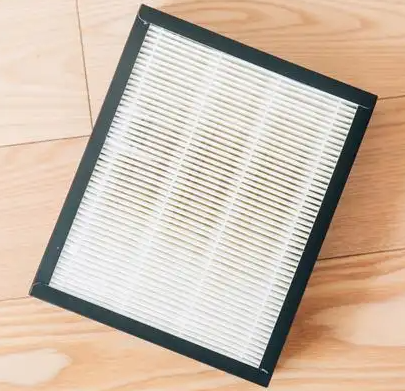What are the considerations for using or choosing an air filter for a new air system?
Fresh air system use or selectionAir FilterWhat are the do's and don'ts?
Understand the new air system people know, the function of the new air system in addition to ventilation, there is an important function is to filter the pollutants in the air, the filter directly determines the filtering and purification ability of the new air system is strong or weak.
The filtration effect of the new air conditioning system is very closely related to the selection and matching of the filter, and when choosing and using the new air conditioning system, you should pay particular attention to the following points.
01、New air filter grade
Generally speaking, the filters of the new air system are divided into three levels: primary filter, intermediate filter, high-efficiency filter, from G1 to H13, the higher the level, the better the filtration effect, but the corresponding wind resistance will be greater, so the higher the density of the use of filters, the higher the motor and the overall performance requirements of the new air machine.
02, the role of different levels of filters
Primary filter: filters hair, pollen, willow flakes and other particles visible to the naked eye, improves the life of the high-efficiency filter and reduces wind resistance.
Intermediate filter: Filter particles of dust and all kinds of suspended solids, it is the front-end filter of high-efficiency filtration to reduce the load of high-efficiency filtration and prolong its service life.
High-efficiency filters: Capture particles of dust and various suspended matter below 0.5 microns, which not only removes smoke and dust, but additionally insulates against bacterial contaminants and more.
In the new air system, primary, medium and high efficiency filters are generally not used alone, but two or three kinds of cooperation. Fresh air system assembled with more than two layers of filters can achieve better air filtration effect.
High-efficiency filters determine the purification efficiency. High-efficiency filters, or HEPA, which meet the HEPA standard, can filter the vast majority of dust above 0.3 microns.
Currently on the market fresh air system high-efficiency filters are used H10 level or above, of which the high-end models use a higher purification efficiency of 12, 13 level.
The higher the filter grade, the higher the cost, and the grade is a direct reflection of the quality of the filter material.
03. Common Filtration Principles
There are two types, one is the physical filtration method and the other is the electrostatic filtration method.
1、Physical filtration: Filter materials are common from G1 to H13 different levels, the higher the level of wind resistance is greater, the more thorough filtration, the price is more expensive. It is currently the most used filtration method in the new air system.
2, electrostatic dust collection: PM2.5 filtration effect is good, wind resistance is small, do not have to replace the filter frequently. The disadvantage is that it is inevitable to produce ozone, and ozone is harmful to the body when it reaches a certain level.
Therefore, electrostatic dust collection on the ozone production requirements must be strict, must choose to meet the national standards, quality products.
04. The impact of filters on the performance of new air conditioners
The filter has a service life, when it reaches a certain time limit, its filtration capacity will be saturated, the adsorption capacity will be greatly reduced.
At this time, if not replaced in time, it will make the wind resistance becomes larger, the noise increases, affecting the original purification effect, and may even produce secondary pollution, so for the replacement of the filter, must be taken seriously.
Kunjing Filter
Please go to "Backstage - User - Profile" to fill in your personal description.
© Kunshan Joy King Electronic Technology Co. Site Map Su ICP No. 17058908



